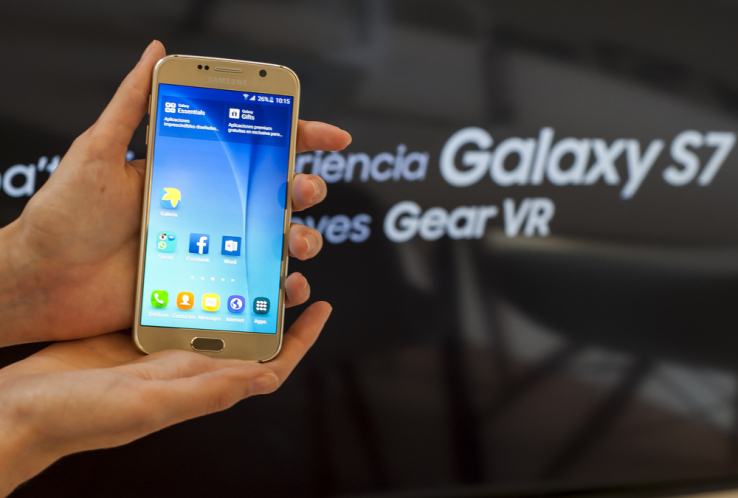

Samsung Electronics delivered strong results for the first quarter of 2016, thanks to sales of the Galaxy S7 and S7 Edge, its flagship smartphones.
The company’s operating profit grew 12 percent from the same period last year to 6.68 trillion (about $5.84 billion). Quarterly revenue was 49.78 trillion won, up 5.7 percent year-over-year. The final results were slightly better than Samsung’s own upbeat guidance, which it issued earlier this month.
The S7’s sales were helped by better pricing and an earlier release before competitors like Apple had unveiled their latest smartphones.
Samsung’s first-quarter results stand in contrast to Apple’s disappointing second-quarter report yesterday, when it posted its first decline in 13 years and a decline in iPhone sales for the first time ever. But to be fair, Samsung had about two years of almost unremittingly blah quarterly results before it finally got a break.
During that time period, Apple hit very high highs, including a first-quarter 2015 that broke records for the highest quarterly results ever posted by any company. In contrast, Samsung suffered as other Android smartphone makers wooed consumers away, especially in key growth markets like China and India.
It was also hurt by supply and demand issues for the S6, which the S7 has managed to avoid so far.
The Korean electronics giant, however, says it expects it current momentum to continue into the second quarter, thanks to S7 sales and it mobile and chip businesses. Samsung believes worldwide launches of the S7 phones, as well as increased shipments of Galaxy A and J smartphones, will boost sales even as the smartphone market slows because many consumers aren’t particularly captivated by new releases and don’t want to upgrade their current device until it dies.
Samsung also said that its decision to streamline its selection of mid-to-low end smartphones had successfully reduced the company’s costs.
Demand for chips is usually weak in the first quarter, but Samsung’s semiconductor business still managed respectable earnings by selling more high value-added products. The semiconductor unit made 2.63 trillion won in operating profit this quarter on consolidated revenue of 11.15 trillion won. Sales were driven by its memory business, which accounted for 7.94 trillion in revenue.
Samsung’s display panel business did not do as well, posting an operating loss of 0.27 trillion won on revenue of 6.04 trillion won because of a “sharp decline” in LCD panel earnings, but strong sales of the Galaxy S7 was good news for OLED panels, since they are used for their displays. Samsung says demand for OLED panels will continue as more companies produce mid-to-low-end smartphones. Recent reports have also pegged Apple as an OLED buyer.
Featured Image: Ivan Garcia/Shutterstock

